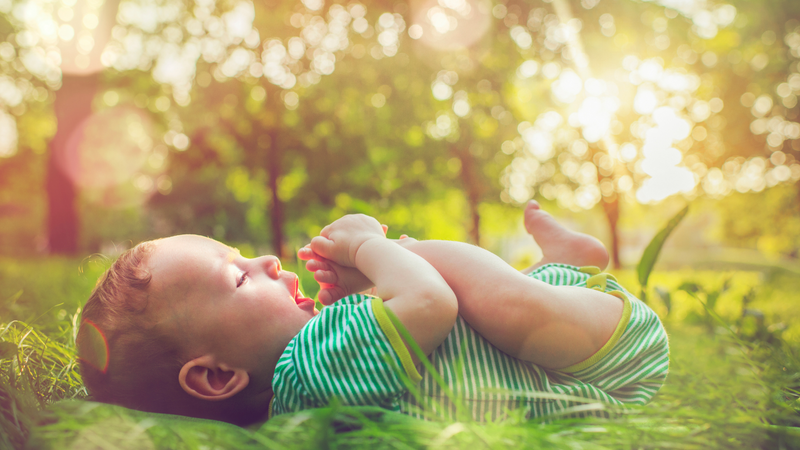As families began to travel more in the mid-1950s, there was a need for an on-the-go clean up tool, especially for families with babies. Baby wipes have come a long way from reused rags to disposable woven fabrics soaked in cleanser to disposable non-woven fabrics. Baby wipes are now used in a variety of ways and come in a variety of ingredients. So, where did it all start? When were baby wipes invented?
Arthur Julius
The official invention of disposable baby wipes is relatively new. Before disposable baby wipes were made accessible to families, caregivers used cloth diapers and cloths to clean up babies’ messes. It is Arthur Julius who is credited for changing this. Working in the cosmetics industry, Julius wanted to create something that would improve skin hygiene. The woven fabric soaked in cleanser solution and water is said to have been invented in Julius’s New York apartment in 1957. He trademarked the product as Wet-Nap in 1958 (later to be picked up by Nice-Pak). Julius brought his product to the 1960 National Restaurant Show in Chicago, and three years later, it was bought by Colonel Harland Sanders to be used throughout the Kentucky Fried Chicken chain.
Wet Wipes to Baby Wipes
Advanced technology in the late 1970s mass produced disposable non-woven wipes. Nice-Pak patented flexible packaging with resealable labels shortly after, and by 1983 store brand baby wipes were on the market.

Other uses
Julius originally intended wet wipes to be used in the cosmetics industry as a means to improve skin hygiene, and though his product was first used within the restaurant industry, he wouldn’t be far off from his original goal. Today, baby wipes are used in a variety of ways, in addition to cleaning baby bums. Baby wipes can be used for makeup removal, to wash away rogue nail polish, and can even help with hair color stains. Baby wipes are a handy cleaning supply tool, as they can help with carpet, clothing, and other fabric stains and work as a freshener for dresser doors and messy school lockers. Packs of wipes are often found outside of the diaper bag and in office desk drawers and cleaning supply closets.
What Eco Pea Co. Baby Wipes Are Made Of
Our Classic Bamboo Wipes are USDA certified at 99% biobased and include natural ingredients like water, aloe, and coconut oil, and our new Unbleached Baby Wipes include skin conditioning ingredients such as aloe, chamomile, and fruit extract. We are always looking for ways to improve and grow and stand by our values by being transparent with what goes into our products, and on baby’s sensitive skin.



